Back to blog
If you’ve ever looked at the London Tube Map or New York Subway map and struggled to make sense of it, don’t worry you’re not alone. Scientific research has confirmed that modern transport maps are too complex for the human mind to fully understand.
Mathematicians and physicists from Oxford and Paris worked out that journeys that require at least two changes need a lot of brain power. So once a map reaches a certain level of complexity, figuring out a route that gets you where you need to go becomes incredibly difficult.
The magic number of stops seems to be 250. A transport map that has more stops than that becomes too big to comprehend and will leave visitors scratching their heads.
So by that reasoning, these are the subway maps that are almost impossible to use. And because we love to be helpful, we’ve also included the apps that will help you make sense of these complex monsters!
 At first glance the bright colours and straight lines convince you that this should be easy. But then you start to think of a route and suddenly that area in the middle starts to look very muddled indeed. We’ll stick to the journey planner in Madrid Metro.
At first glance the bright colours and straight lines convince you that this should be easy. But then you start to think of a route and suddenly that area in the middle starts to look very muddled indeed. We’ll stick to the journey planner in Madrid Metro.



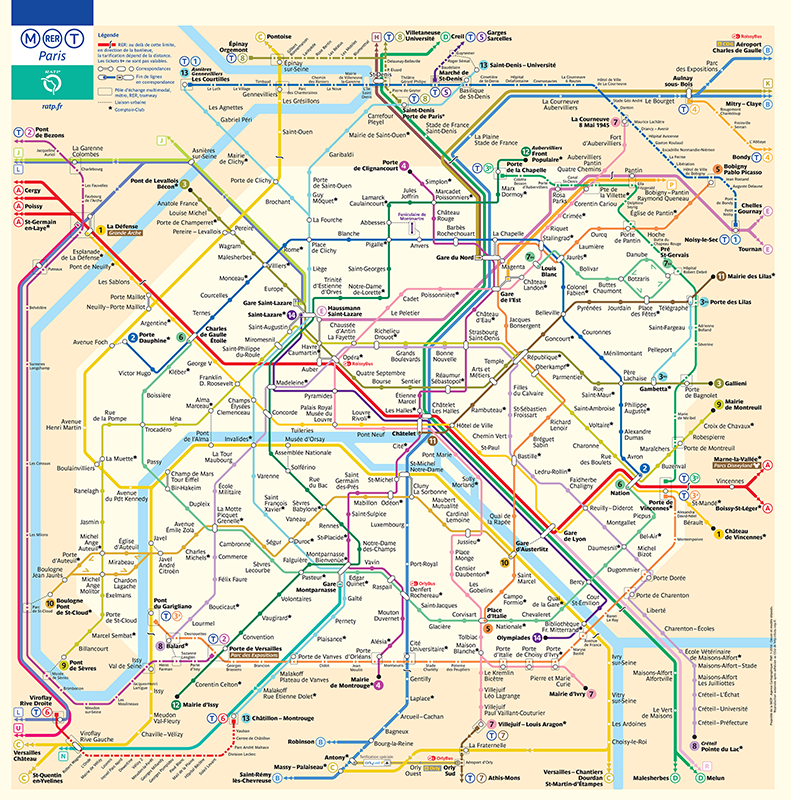 Paris is a beautiful city but it would be understandable if you struggle to see a lot of it if you’re using a paper metro map to help you get around. It’s been labelled overly complex by many a visitor and the orangey/ yellow background isn’t helping either!
Hurray for Paris Metro app then.
Paris is a beautiful city but it would be understandable if you struggle to see a lot of it if you’re using a paper metro map to help you get around. It’s been labelled overly complex by many a visitor and the orangey/ yellow background isn’t helping either!
Hurray for Paris Metro app then.
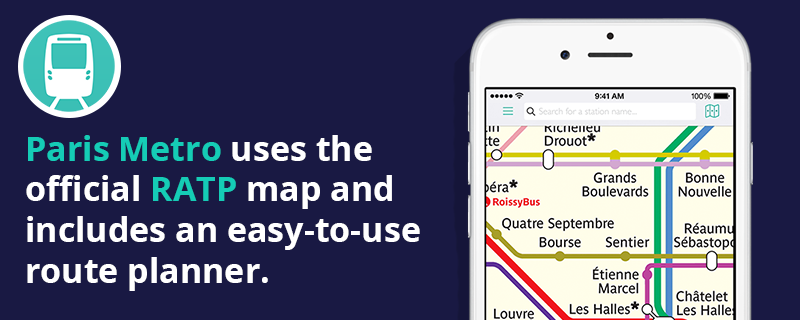


 The Beijing map looks quite spacious and clear at first glance but… well, you probably get the idea by now. Beijing has a large number of stops already but more and more stations are being built and developed all the time. The faded lines on the map are where these new stations and lines will open, and yes, there are a lot of them. So it’s definitely a good thing that we’ve got an app for Beijing as well!
The Beijing map looks quite spacious and clear at first glance but… well, you probably get the idea by now. Beijing has a large number of stops already but more and more stations are being built and developed all the time. The faded lines on the map are where these new stations and lines will open, and yes, there are a lot of them. So it’s definitely a good thing that we’ve got an app for Beijing as well!
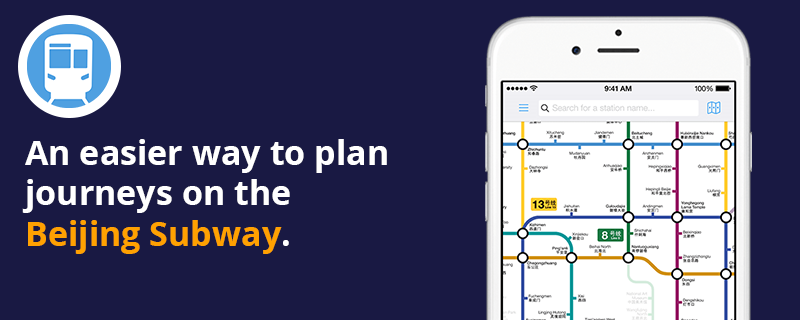

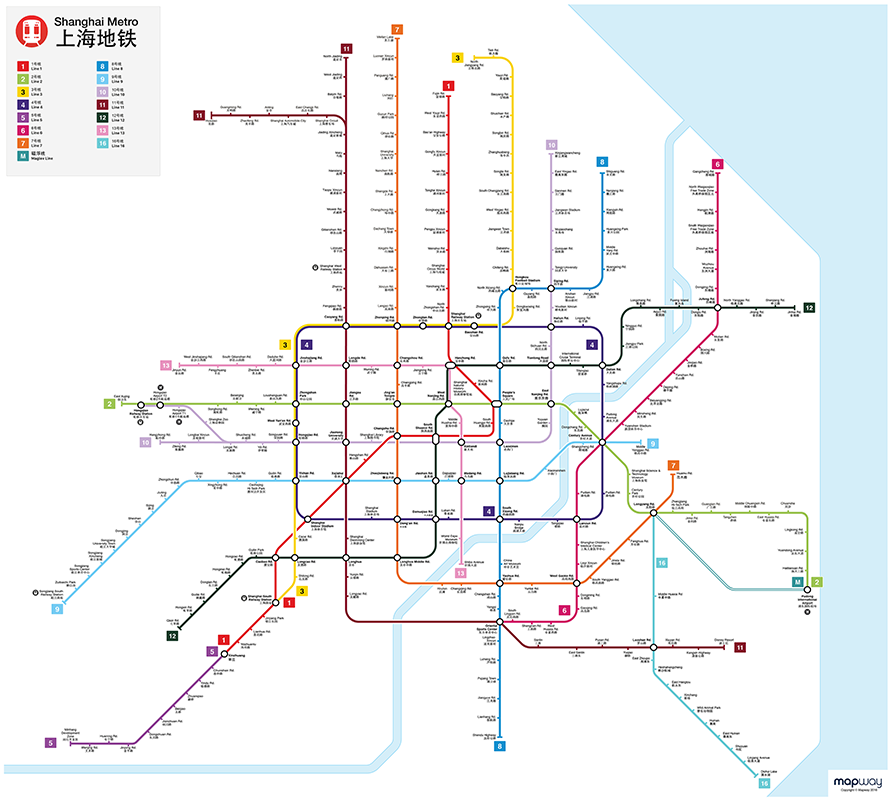 The centre of this one is very busy indeed. It’s a large grid of criss-crossing lines and the potential for multiple changeovers. You may be lucky enough to find a journey that uses a single line with no changes, otherwise you’ll need Shanghai metro.
The centre of this one is very busy indeed. It’s a large grid of criss-crossing lines and the potential for multiple changeovers. You may be lucky enough to find a journey that uses a single line with no changes, otherwise you’ll need Shanghai metro.


 A funny thing about this one, London started out at the top of the list as the smallest of the bunch. That was because when we started we originally had the number of stops classed as the London Underground.
But this isn’t just about networks, it’s about transport maps. And when you include the other Tube Map additions such as the DLR, Overground and TfL Rail, that number becomes a whole lot bigger.
Thank goodness for our Tube Map app then!
A funny thing about this one, London started out at the top of the list as the smallest of the bunch. That was because when we started we originally had the number of stops classed as the London Underground.
But this isn’t just about networks, it’s about transport maps. And when you include the other Tube Map additions such as the DLR, Overground and TfL Rail, that number becomes a whole lot bigger.
Thank goodness for our Tube Map app then!
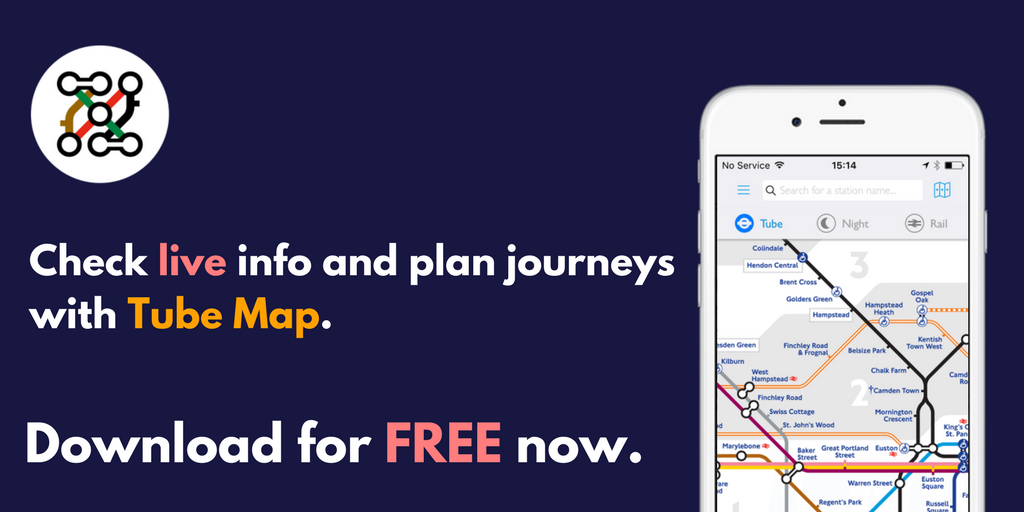


 Let’s face it, if you’re a New Yorker you’re probably quite proud to be the Second Most Complicated Map on our list, even if it means your map is impossible to use. The South end of Manhattan turns into a bowl of noodles and the geographical nature of New York adds even further levels of complexity to the map.
The New York Subway map app is certainly a life saver!
Let’s face it, if you’re a New Yorker you’re probably quite proud to be the Second Most Complicated Map on our list, even if it means your map is impossible to use. The South end of Manhattan turns into a bowl of noodles and the geographical nature of New York adds even further levels of complexity to the map.
The New York Subway map app is certainly a life saver!
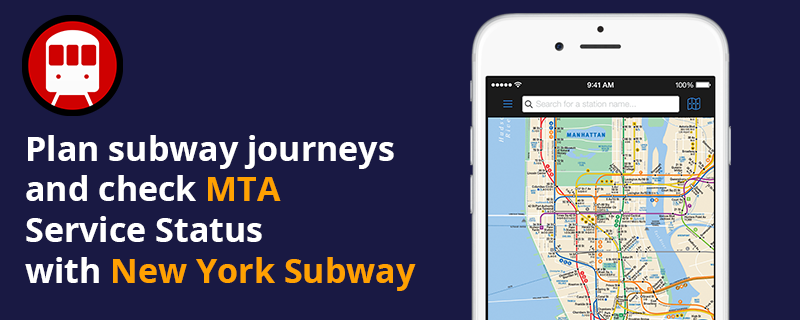


 This map was actually made by one of our in-house designers so we’d like to think it’s easier to read than some other transport maps. But even so, research is research and this map definitely has more than 250 stations so we suggest using the Seoul Subway app if you pay Seoul a visit!
This map was actually made by one of our in-house designers so we’d like to think it’s easier to read than some other transport maps. But even so, research is research and this map definitely has more than 250 stations so we suggest using the Seoul Subway app if you pay Seoul a visit!


 About Us
Mapway is the world’s number one developer in public transport apps. We make apps for subway and metro systems around the globe.
Back to blog
About Us
Mapway is the world’s number one developer in public transport apps. We make apps for subway and metro systems around the globe.
Back to blog
Madrid Metro, Spain, 301 stops
 At first glance the bright colours and straight lines convince you that this should be easy. But then you start to think of a route and suddenly that area in the middle starts to look very muddled indeed. We’ll stick to the journey planner in Madrid Metro.
At first glance the bright colours and straight lines convince you that this should be easy. But then you start to think of a route and suddenly that area in the middle starts to look very muddled indeed. We’ll stick to the journey planner in Madrid Metro.

Paris Metro, France, 303 stops
 Paris is a beautiful city but it would be understandable if you struggle to see a lot of it if you’re using a paper metro map to help you get around. It’s been labelled overly complex by many a visitor and the orangey/ yellow background isn’t helping either!
Hurray for Paris Metro app then.
Paris is a beautiful city but it would be understandable if you struggle to see a lot of it if you’re using a paper metro map to help you get around. It’s been labelled overly complex by many a visitor and the orangey/ yellow background isn’t helping either!
Hurray for Paris Metro app then.

Beijing Subway, China, 345 stops
 The Beijing map looks quite spacious and clear at first glance but… well, you probably get the idea by now. Beijing has a large number of stops already but more and more stations are being built and developed all the time. The faded lines on the map are where these new stations and lines will open, and yes, there are a lot of them. So it’s definitely a good thing that we’ve got an app for Beijing as well!
The Beijing map looks quite spacious and clear at first glance but… well, you probably get the idea by now. Beijing has a large number of stops already but more and more stations are being built and developed all the time. The faded lines on the map are where these new stations and lines will open, and yes, there are a lot of them. So it’s definitely a good thing that we’ve got an app for Beijing as well!

Shanghai Metro, China, 364 stops
 The centre of this one is very busy indeed. It’s a large grid of criss-crossing lines and the potential for multiple changeovers. You may be lucky enough to find a journey that uses a single line with no changes, otherwise you’ll need Shanghai metro.
The centre of this one is very busy indeed. It’s a large grid of criss-crossing lines and the potential for multiple changeovers. You may be lucky enough to find a journey that uses a single line with no changes, otherwise you’ll need Shanghai metro.

Tube Map (London Underground), UK, 402 stops
 A funny thing about this one, London started out at the top of the list as the smallest of the bunch. That was because when we started we originally had the number of stops classed as the London Underground.
But this isn’t just about networks, it’s about transport maps. And when you include the other Tube Map additions such as the DLR, Overground and TfL Rail, that number becomes a whole lot bigger.
Thank goodness for our Tube Map app then!
A funny thing about this one, London started out at the top of the list as the smallest of the bunch. That was because when we started we originally had the number of stops classed as the London Underground.
But this isn’t just about networks, it’s about transport maps. And when you include the other Tube Map additions such as the DLR, Overground and TfL Rail, that number becomes a whole lot bigger.
Thank goodness for our Tube Map app then!

New York City Subway, USA, 422 stops
 Let’s face it, if you’re a New Yorker you’re probably quite proud to be the Second Most Complicated Map on our list, even if it means your map is impossible to use. The South end of Manhattan turns into a bowl of noodles and the geographical nature of New York adds even further levels of complexity to the map.
The New York Subway map app is certainly a life saver!
Let’s face it, if you’re a New Yorker you’re probably quite proud to be the Second Most Complicated Map on our list, even if it means your map is impossible to use. The South end of Manhattan turns into a bowl of noodles and the geographical nature of New York adds even further levels of complexity to the map.
The New York Subway map app is certainly a life saver!

Seoul Subway, South Korea, 579 stops
 This map was actually made by one of our in-house designers so we’d like to think it’s easier to read than some other transport maps. But even so, research is research and this map definitely has more than 250 stations so we suggest using the Seoul Subway app if you pay Seoul a visit!
This map was actually made by one of our in-house designers so we’d like to think it’s easier to read than some other transport maps. But even so, research is research and this map definitely has more than 250 stations so we suggest using the Seoul Subway app if you pay Seoul a visit!




